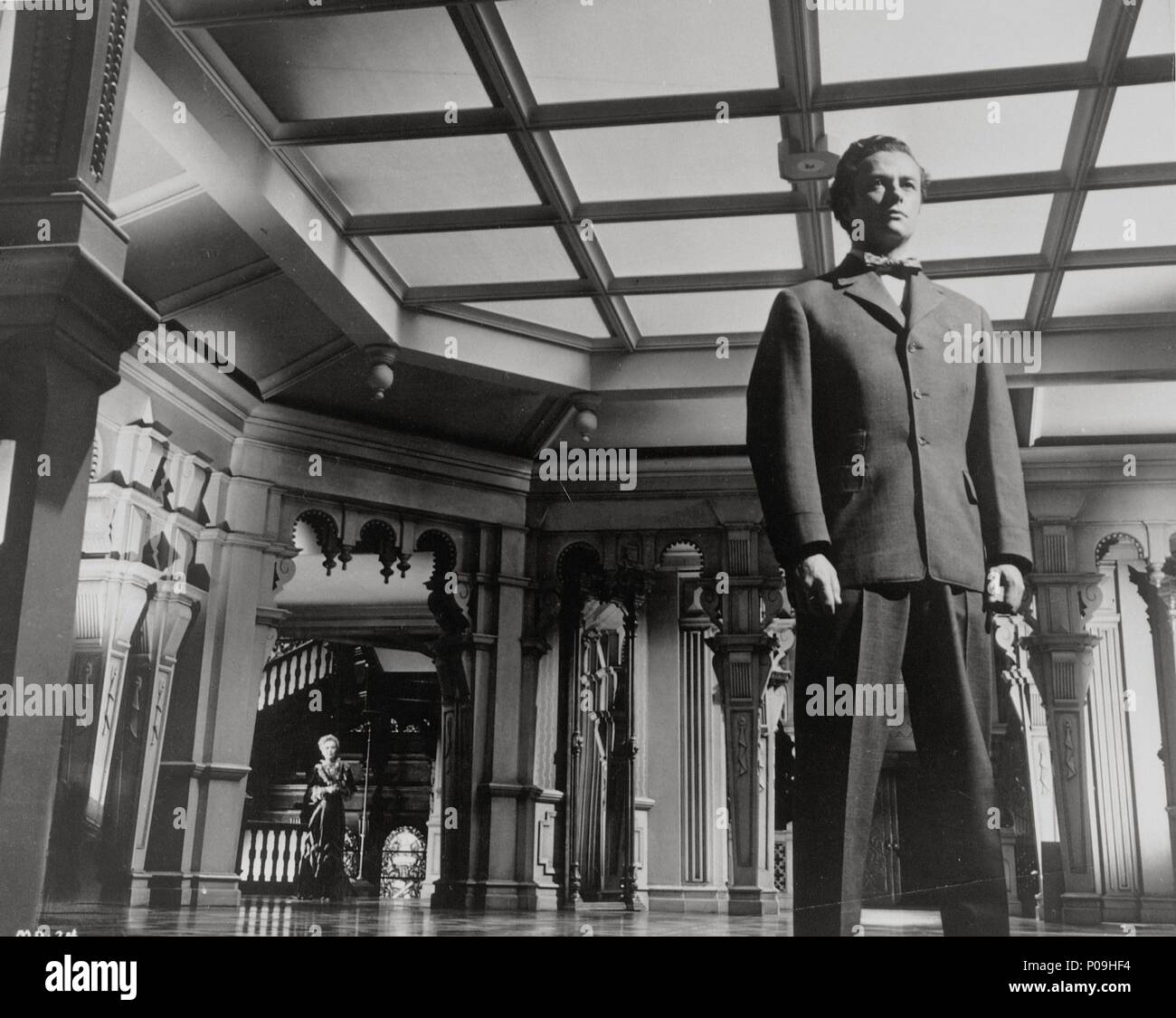

During the film’s finale, Amberson heir/spoiled brat extraordinaire George (Tim Holt) is seriously injured in a car accident. More than that, though, American audiences yearned for a story of American prosperity.īy the end of Booth Tarkington’s Pulitzer-winning novel, the Ambersons are in dire financial decline, and are forced to sell their mansion.

It’s not hard to imagine that, because of this, audience demand for happy endings was at an all-time high. The United States didn’t enter the war until just after Pearl Harbor-which happened mere weeks before production on Ambersons wrapped. Ambersons was shot from October 1941 to January 1942, a time when much of the world was already deep in the throes of World War II. But the cultural context tells a different story. And the truth is, it could very well be the case that the director’s cut was an opaque mess maybe we’ll never know. Part of why RKO changed the ending of Ambersons is because Welles’ cut performed poorly at a test screening. If found, Grossberg and TCM will work together to restore the film.īut what happens if these pioneers actually find these lost negatives collecting dust in a forgotten archive somewhere? In order to truly understand the effect that might have on us looking back at the past from the 21st century, we must first look at Ambersons’ current ending, and the context of the society in which it was Frankensteined. Turner Classic Movies is now sponsoring documentarian and Ambersons footage truther Joshua Grossberg to go to Brazil, where he believes Welles’ version is hiding, and return with the holy grail of cinema. A substantial group of optimists believe that the footage is still out there, though. RKO didn’t just eliminate those 43 minutes-they destroyed them, allegedly melting them down so that the nitrate could be used in the war. On the striking revision, Welles said, “They destroyed Ambersons and they destroyed me.” When the director showed up to RKO Pictures with a dense 131-minute cut, the studio proceeded to excise 43 minutes and reshot the ending to be more uplifting. But what might have been Welles’ true masterpiece never quite ended up seeing the light of day. It follows a once-affluent Midwestern family living in the second industrial revolution of the 1870s, who are on the brink of financial ruin and obsoletion. Coming off the critical success of Citizen Kane-a film that, despite not initially doing well at the box office, is now universally heralded as a masterpiece-he chose to adapt The Magnificent Ambersons. In 1942, Orson Welles made the greatest film that never existed.


 0 kommentar(er)
0 kommentar(er)
